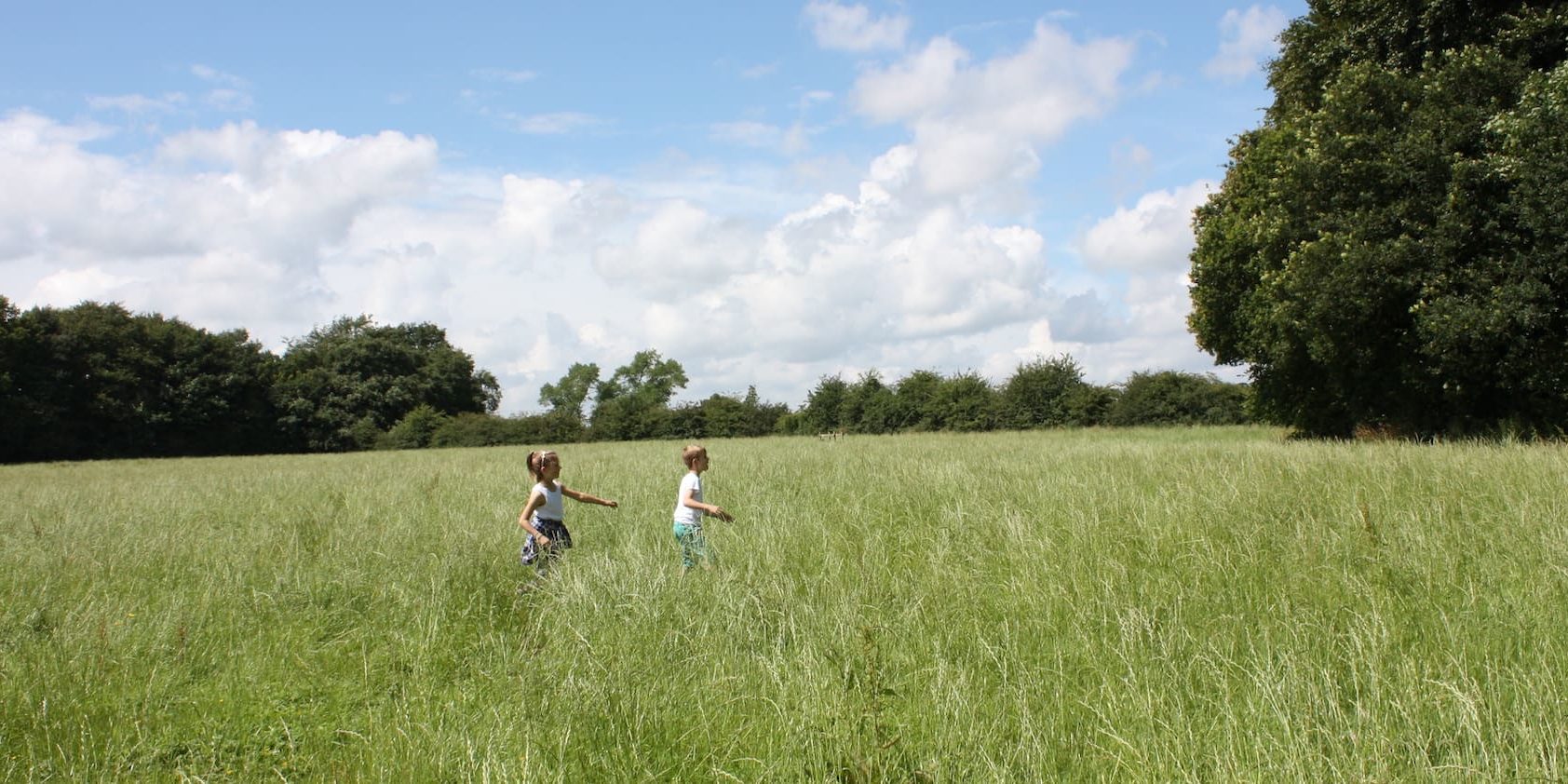Quiet lanes

12th November 2012
Quiet lanes are designed to pay special attention to the needs of walkers, cyclists and horse riders, and reduce the problems caused by the volume and speed of traffic and the presence of heavy lorries.
Motorised traffic is not banned from Quiet Lanes, but shared use and consideration for other road users is paramount. Effective public participation between the highway authority and the local community is an essential part of developing Quiet Lanes. The Government first said it would support the Quiet Lanes initiative in its 1998 Transport White Paper. It reiterated its commitment to Quiet Lanes in the Transport Act (2000), and published its Regulations designating Quiet Lanes (external website) in 2006.
CPRE has been at the forefront in campaigning for this method of protecting the character of minor rural roads and we were delighted when the Government finally published the Regulations after much stalling.
Under the Transport Act (2000), local authorities were able to designate minor rural roads, for which they are responsible, as Quiet Lanes. Whilst there was no constraint on the use of this power, local traffic authorities must have regard to relevant guidance issued by the Government. In the absence of such guidance authorities were, understandably, reluctant to pursue Quiet Lanes designations.
We hope that local authorities will now work with their communities and take action to create a pleasant, less intimidating and safer country road network for the benefit of all users. With traffic levels set to increase by 30% between 2000-2010, the need to protect our rural heritage has never been more important.’
Quiet lanes in Oxfordshire
The experience of quiet lanes in Oxfordshire has been less than successful.
In 2001, the CountryWays scheme was designed by Oxfordshire County Council, Chilterns Conservation Board and South Oxfordshire District Council. At the core of the plan was “a network of lanes which will have low speeds and numbers of vehicles which will be attractive to walkers, cyclists and horse riders, but still providing access for vehicles.” The plans also included traffic calming chicanes in and around Checkendon village but these were removed after installation following concerns about safety.
However, the implementation of the scheme did not met its original promise. While the scheme was originally welcomed locally, there has since been evidence of local opposition and the signage has been subject to extensive vandalism by protesters. Oxfordshire County Council consider that the high initial support may have been more in recognition of the problem than approval of the solutions.
CPRE Oxfordshire continues to support the principle of shared use of tranquil lanes. But our view is that implementation of the Quiet Lanes scheme in the Checkendon and Stoke Row area of the Chilterns AONB has been insensitive to the landscape, with excessive and oversized signage. The initial consultation on the plans suggested a more modest use of signs in accordance with the “Environmental Guidance for the Management of Roads in the Chilterns.” But the scheme was implemented using Department of Transport guidance. Our view is that the signs installed are excessive in size; that too many were used in the CountryWays pilot; and that they are inappropriate to quiet rural settings. We do, however, support the use of fingerposts to identify quiet lanes and limited smaller signage.
